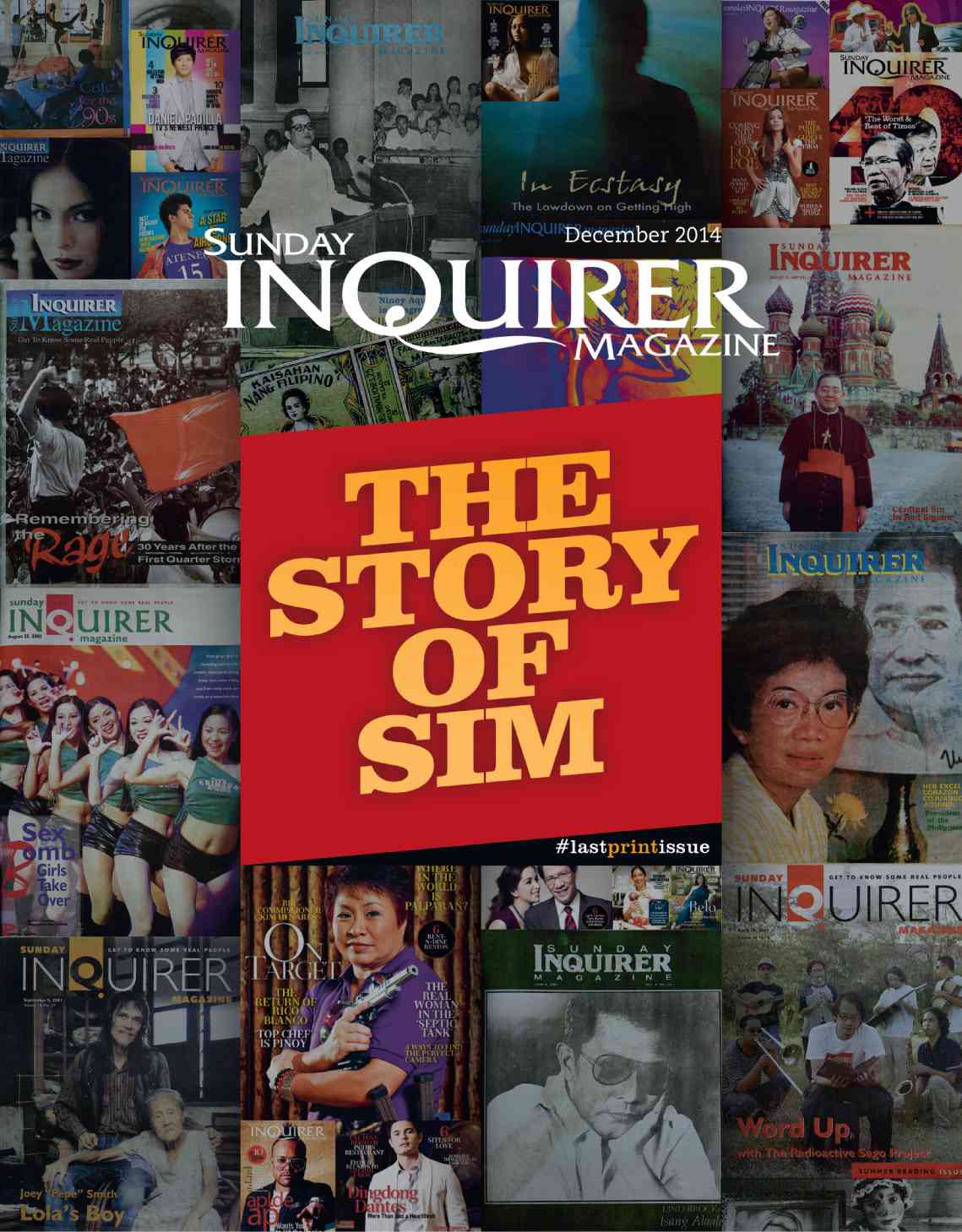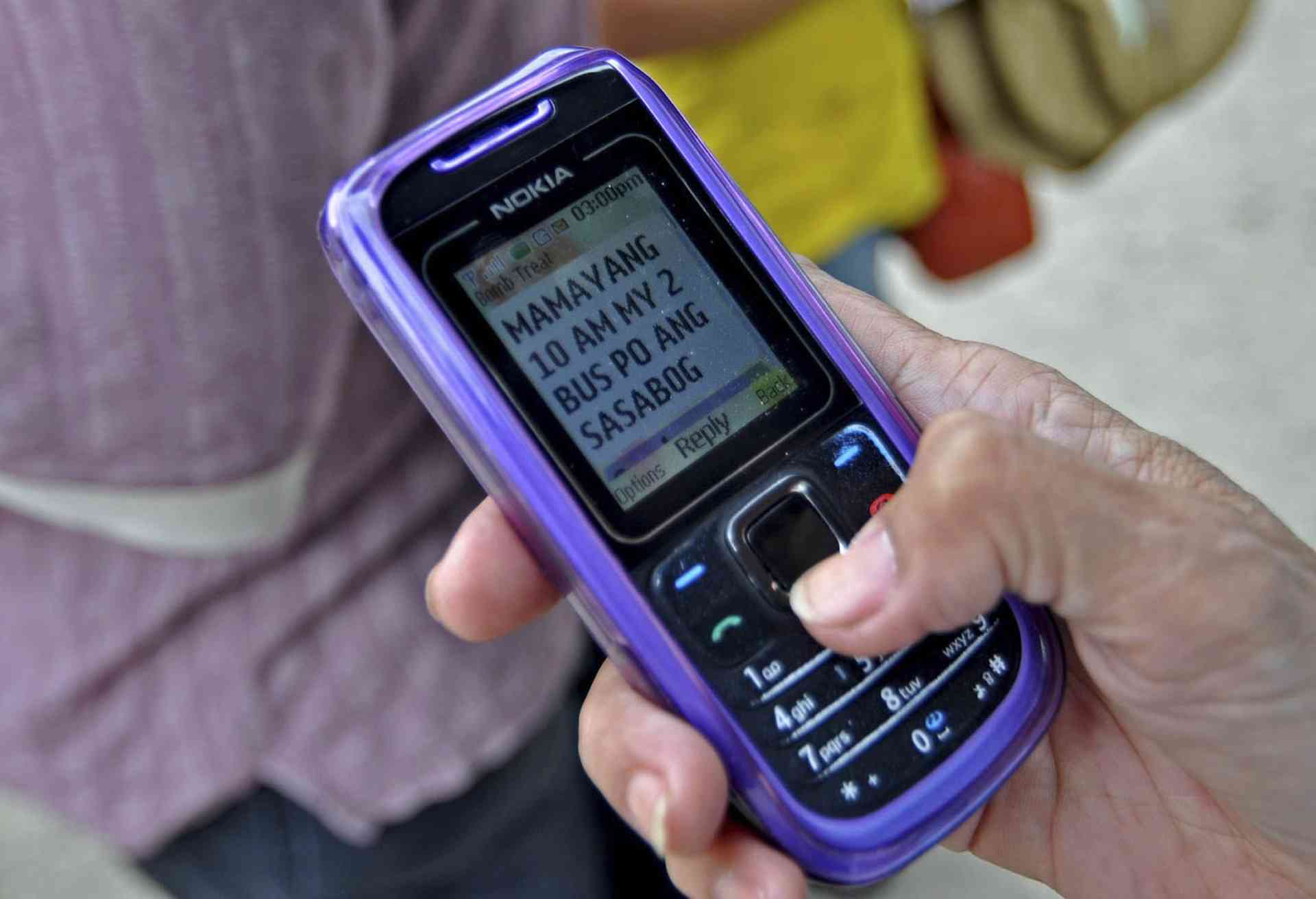Pasuquin biscocho
Laced with the sweet and spicy scent of anise, this one-of-a-kind, prewar bread is available only at Pasuquin Bakery in San Nicolas, Ilocos Norte. The biscocho has placed Pasuquin on the map where bread is concerned. You get two types—the classic crunchy biscocho and the soft and pillowy one. The crunchy version is made from the toasted inner and outer crust of freshly-baked breads. The soft biscocho can be unfurled from end to end, lavished with your spread of choice and rolled back again to be enjoyed as a sandwich.
Bonete
This comes in the form of a floppy bonnet or a tall round hat, hence the name. But in either shape, the bonete has the unmistakable salty, savory taste and aroma of good lard. Bonete is found in Bulacan where it goes by the name boleng, in Cavite City where it’s known as bowling, and in Batangas where it is the star of one’s afternoon repast and where a bakery, Bonete Master, literally stops traffic because of these bite-sized best-sellers. In Manila, one can have a taste of classic bonete at the Panaderia Dimas-alang in Pasig, while a spongy, cakey version can be ordered at the Merced Bakehouse along Edsa near corner Quezon Boulevard.
Kalihim
The “lihim” (secret) is out on this bread with its bright red filling peeking out. The waxy red filling is re-fashioned day-old bread mixed with milk, eggs, sugar, salt and vanilla. This goes into a long, narrow piece of flattened dough, freshly-made, so the kalihim is really old and new bread in one. Interestingly, it goes by a wide variety of names—from kabukiran (pasture) in Pangasinan, to maligaya (happy) in Bicol, kalahi (countryman) in Ilocos Norte, balintawak in Ilocos Sur, floorwax in Quezon City and everlasting in Pampanga. But the filling’s provocative similarity to a woman’s full red, pouting lips has evoked an image of ill-repute, thus the bread has been called bellas (prostitute) in Marikina, pampam (harlot) in Silay, and similar monikers in Cebu and elsewhere. A more popular name in Manila is pan de regla because for some, the bread with its red filling recalls a folded sanitary napkin.
Panso or Pancho
The pan de coco has achieved iconic prominence in Iloilo where the soft bread filled with sweet coconut and known as panso or pancho has drawn Jaro folk to Buho bakery, this hole-in the-wall place tucked in a narrow alley near Sun Yat Sen High School. But unlike the usual soft round bun with the coconut filling, the panso is served in slices, cut from a long log, like the kalihim. In Cotabato, the same panaderia bread is known as coco bread where the filling is neon orange in color, attractive among Muslims, according to one of the master bakers there. The pancho is a regular panaderia bread in most Iloilo bakeries.
Lechon bread and animal bread
Breads baked in various shapes like the lechon (roasted pig), crocodile, crab, and other animals can be found in a number of bakeries although they are often baked to order. The lechon bread is particularly popular during Christmas, served on Yuletide tables in lieu of the actual high-cholesterol dish. Domalaon Bakery in Antipolo has become popular for its animal-shaped breads, as well as Kawilihan Bakery along Anonas St. in Quezon City.
—Amy A. Uy and Jenny B. Orillos
Photos by Rafael David











































